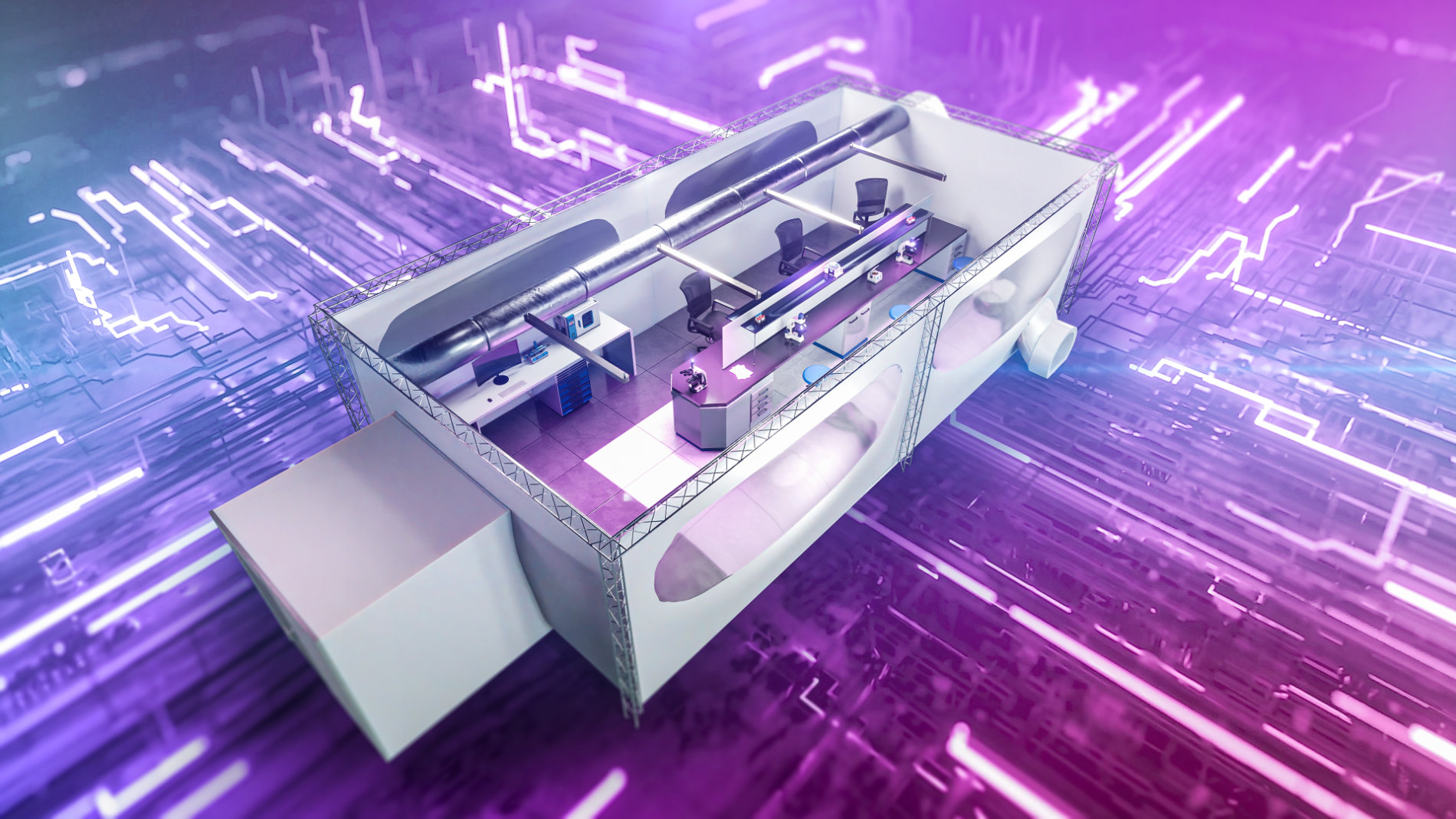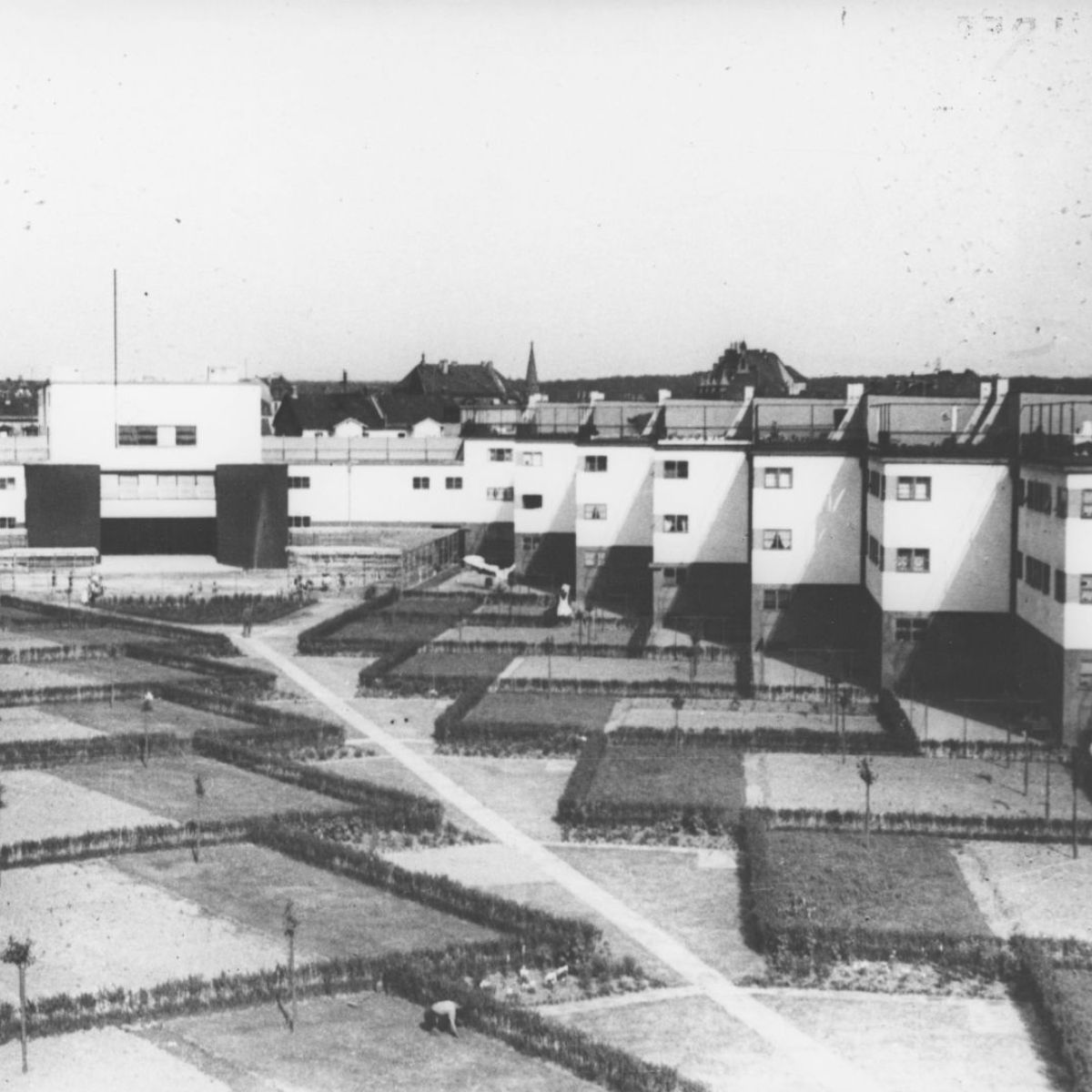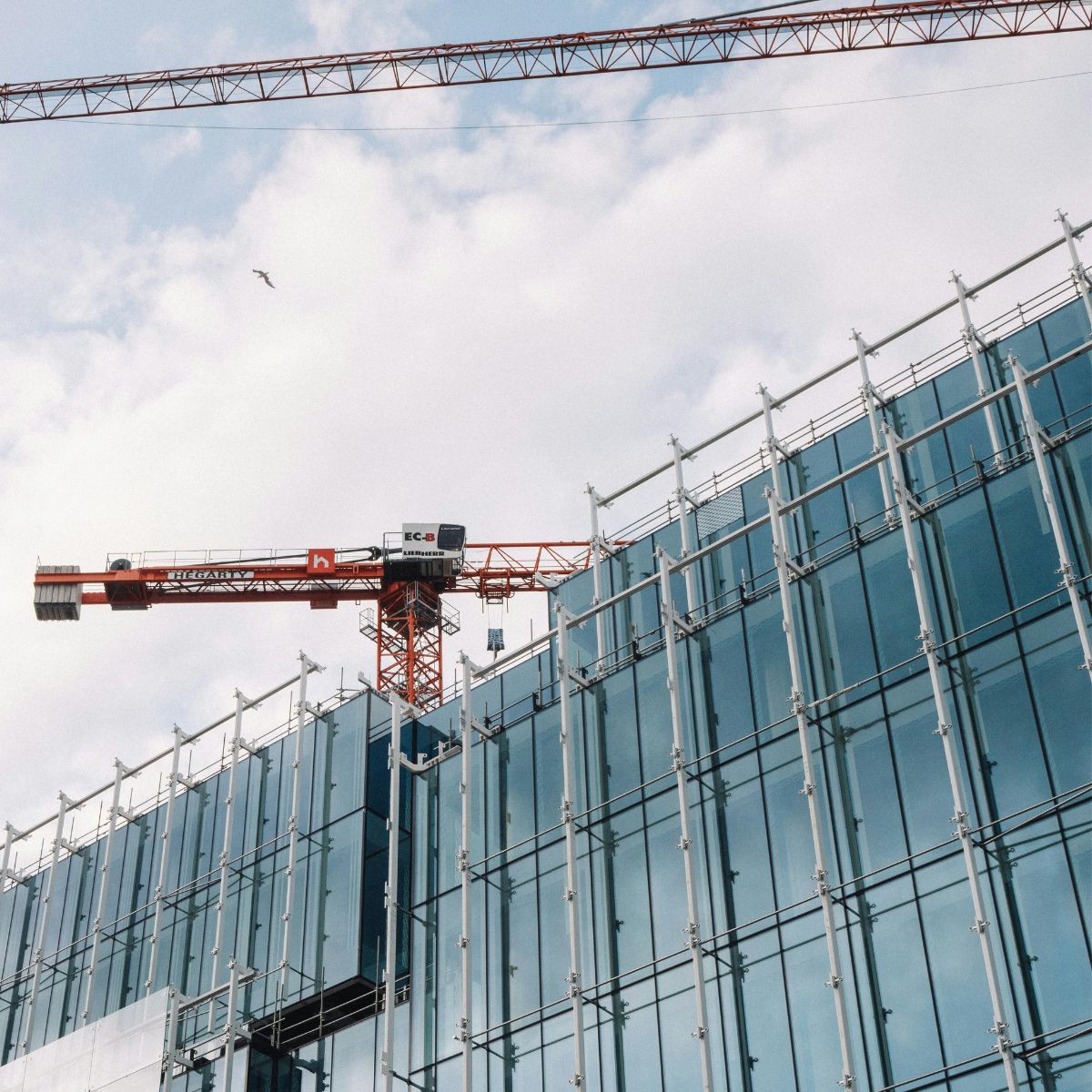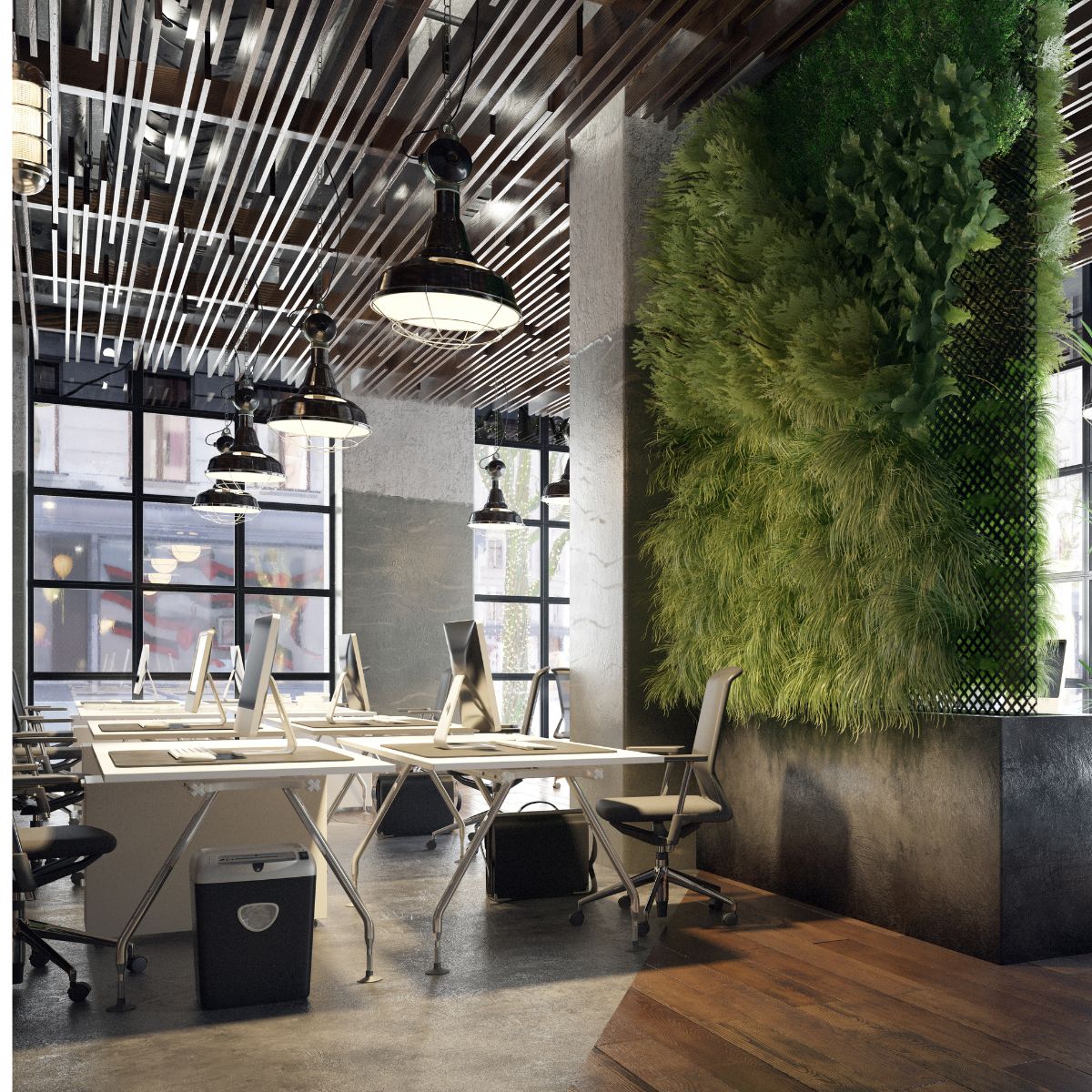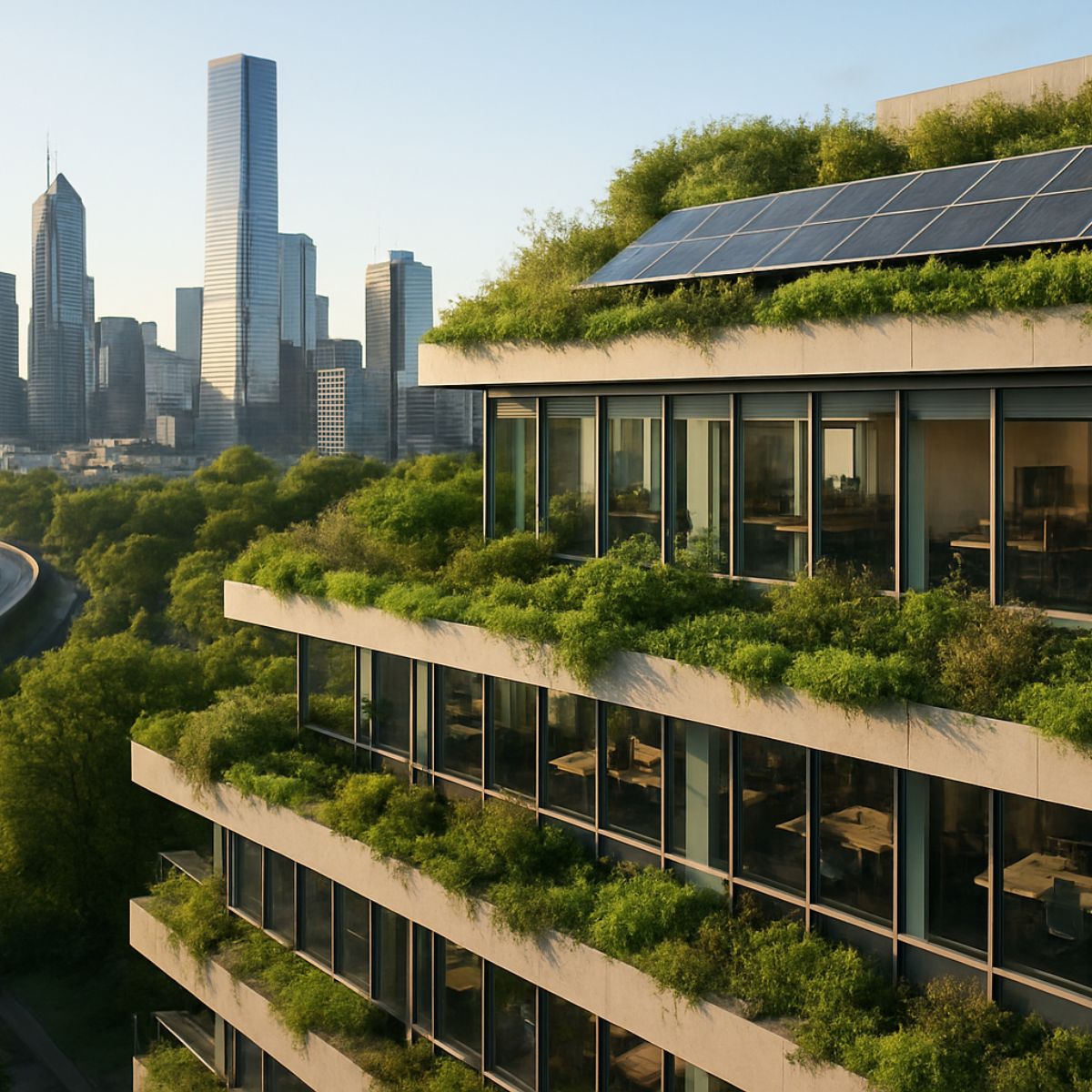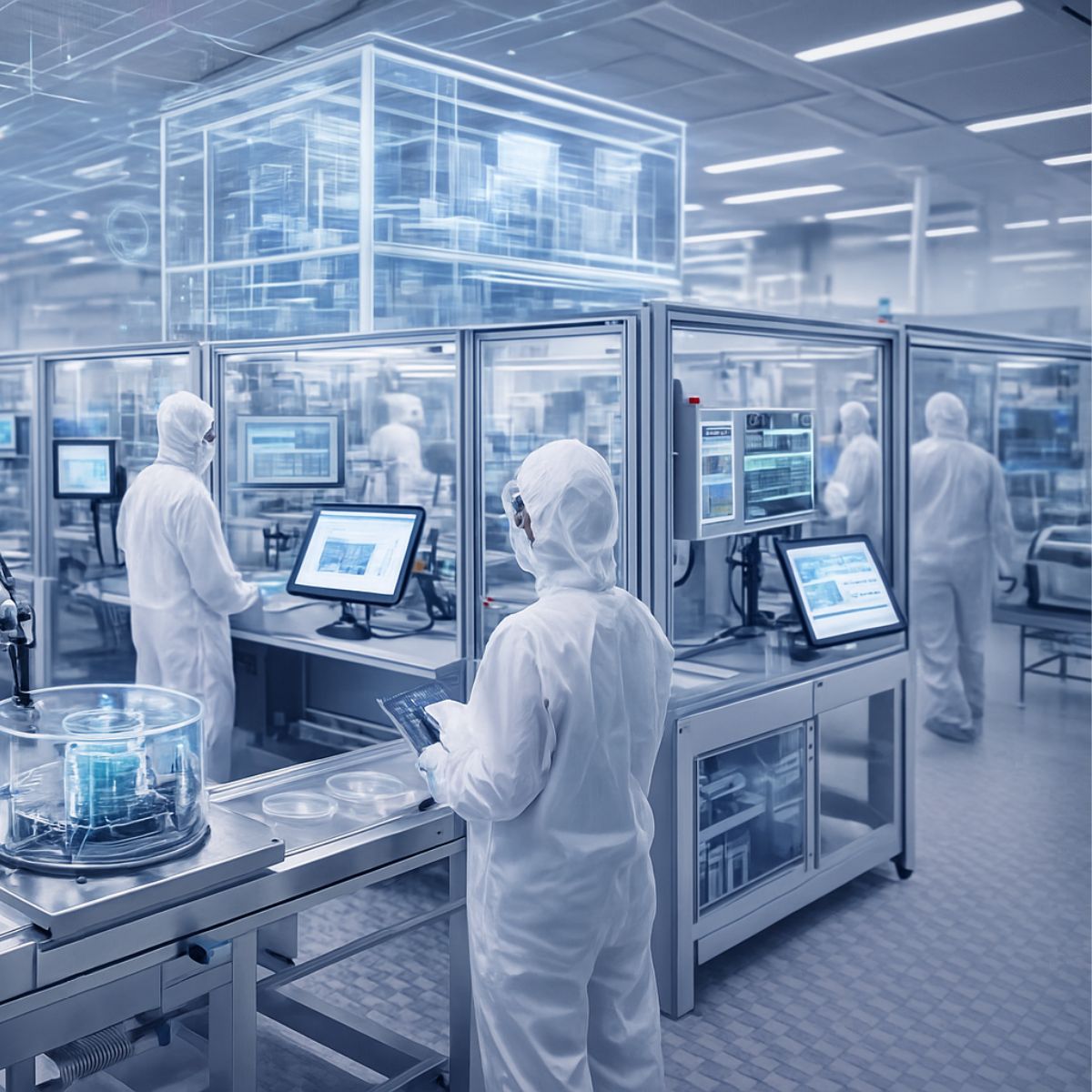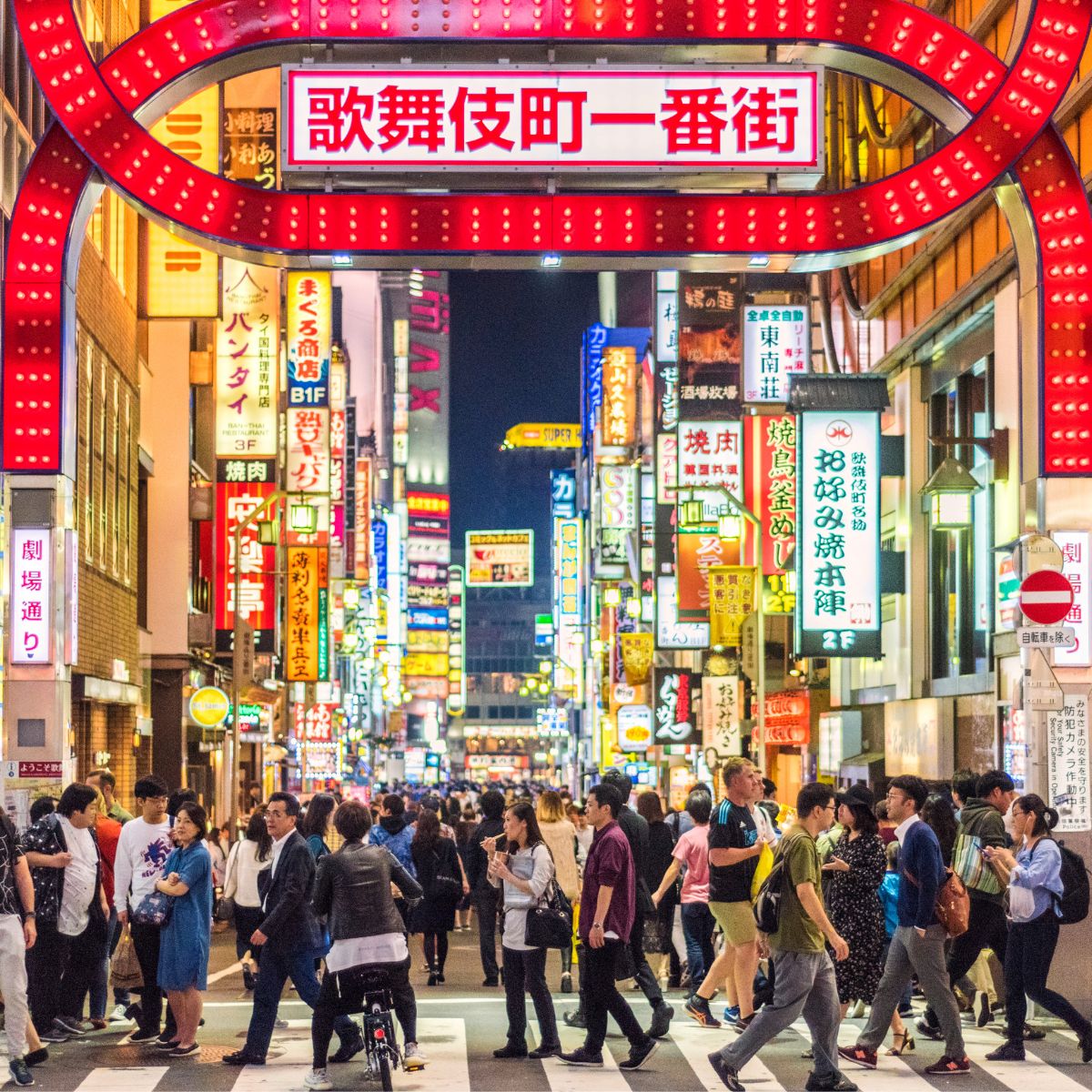Reading time: 5 minutes
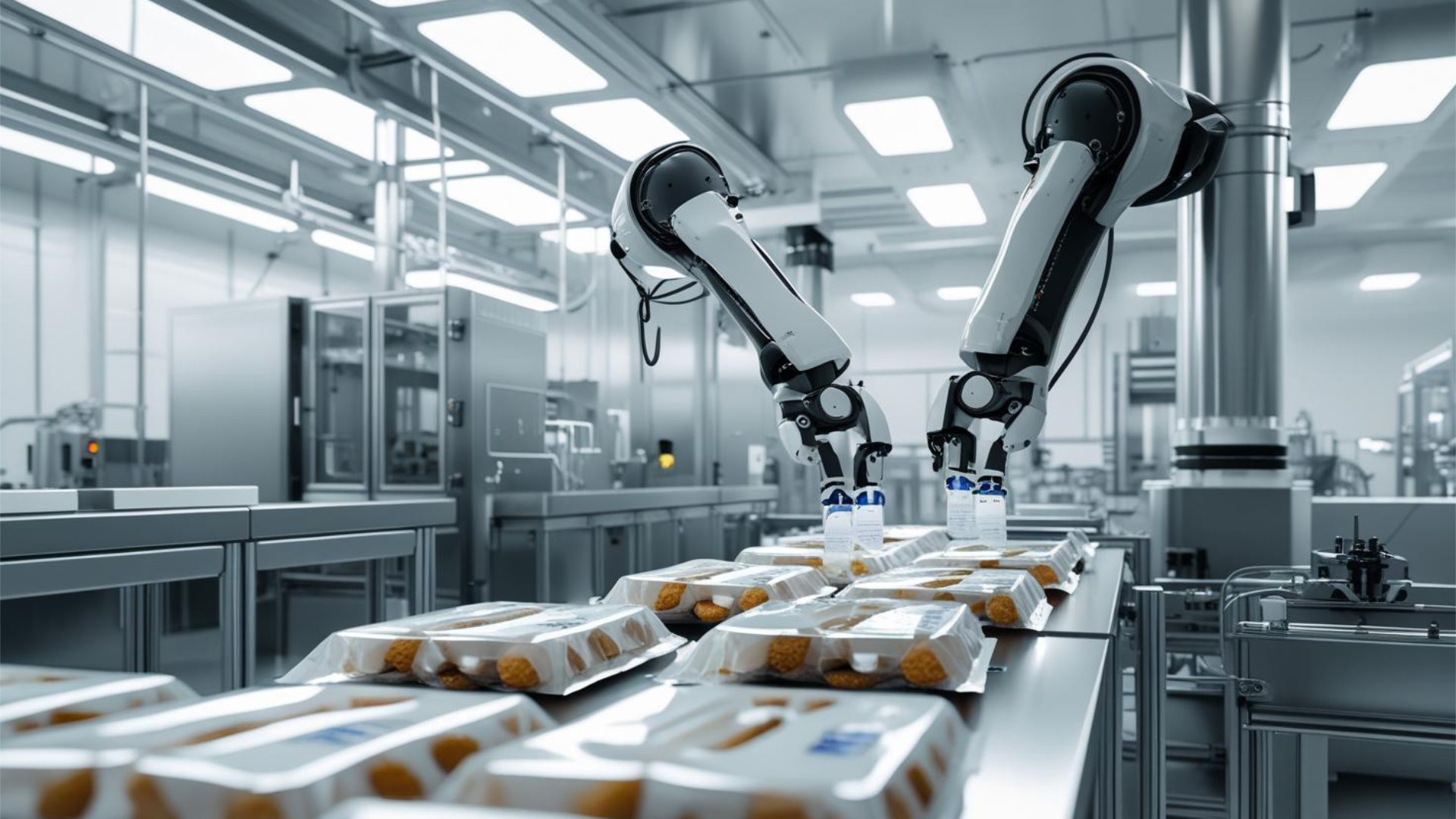
The requirements for hygiene and product safety in food production are continuously increasing—especially for products such as dairy and meat products, delicatessen, and baby food. The production of foods without preservatives also requires food technology to implement reliable measures for controlling microbiological loads. A high level of hygiene is essential for food safety. This is ensured by consistent basic hygiene as well as differentiated cleaning and hygiene concepts with the aim of minimizing the transmission of bacteria, molds, or viruses during production. Since microorganisms—including potentially pathogenic germs—can multiply particularly well on foods, there is otherwise an increased risk of foodborne illnesses such as gastrointestinal infections.
What is Cleanroom Technology?
Cleanroom technology includes all structural and technical measures required to create defined, controlled environmental conditions—especially regarding particle and germ freedom. The goal is to prevent contamination of products by microorganisms, particles, or foreign substances.
To prevent the introduction of unwanted germs into production processes, food manufacturers are increasingly turning to cleanroom technology. A cleanroom is defined as an enclosed area where nearly germ- and dust-free air is generated by filtration systems. The controlled supply of this air using special flow concepts minimizes particulate contamination on products and specifically removes contaminated air. The key is to reduce the concentration of particles in the ambient air to a non-critical level.
Classification of the cleanroom is based on the number of airborne particles per cubic meter according to DIN EN ISO 14644-1, an internationally recognized standard that classifies cleanrooms based on particle concentration. It defines various cleanroom classes, determined by the maximum allowable particle size and particle concentration per cubic meter of air. The cleanroom classes range from ISO Class 1 (lowest particle concentration) to ISO Class 9 (highest particle concentration). In food production, cleanrooms of Classes 5 to 7, and sometimes Class 8, are typically used. For example, baked goods do not have to be produced under the same aseptic conditions as beverages. When ready meals, salads, or dough specialties are produced and packaged under controlled cleanroom conditions, their shelf-life can be increased by up to 50 percent. Sensory attributes such as color, texture, and taste also demonstrably benefit from these measures.
In the area of production facilities, it has proven advantageous to keep cleanrooms as small as possible to reduce contamination risk, technical effort, and costs. Ideally, cleanroom conditions apply only directly at the site of processing. Often, a “room-in-room concept” is used, in which the ISO Class 5 cleanroom is surrounded by a larger ISO Class 6 cleanroom where less critical conditions prevail compared to the mini-environment.
The Role of Building and Ventilation Technology
Regardless of the cleanliness class of the cleanroom used, building and ventilation technology form the backbone of every cleanroom concept. They ensure controlled temperature, humidity, and air conditions and enable targeted control of airflow, pressure differentials, and air exchange rates.
Building Envelope and Room Layout
The structural design of the building significantly influences cleanroom suitability. In food production, production areas are divided into different hygiene levels to provide the appropriate protection from contamination. The choice of suitable materials is crucial: wall, ceiling, and floor surfaces must be particularly smooth, nearly seamless, chemically resistant, and easy to clean so that no contamination can accumulate. Special access points and airlocks for personnel, materials, and air prevent unwanted exchange between different hygiene zones and reliably maintain the high level of hygiene.
Ventilation Technology
Ventilation technology plays a central role in maintaining hygiene standards in food production. High-performance HEPA or ULPA filters reliably remove particles and microorganisms from the air. Airflow is achieved either by low-turbulence displacement flow or by turbulent mixing flow to efficiently remove contaminated air. So-called pressure cascades ensure that areas with high hygiene requirements are protected from the ingress of germs from adjacent rooms by elevated pressure. Depending on the cleanroom class, different high air change rates are necessary—in the food industry, these usually range between twenty and sixty changes per hour. Air conditioning is also important, as constant temperature and relative humidity inhibit the growth of microorganisms.
Modern ventilation systems are not only powerful but also energy-efficient. Variable air volumes, heat recovery, and demand-driven control make it possible to reduce operating costs without compromising high hygiene standards. The use of such technology in food production leads to a significant reduction in microbial contamination, increases product safety, and contributes to longer shelf-life. In addition, product recall risks are minimized and compliance with legal and customer-specific hygiene requirements, such as those required by IFS, BRC, or HACCP, is reliably ensured.
Intelligent Ventilation Control Can Reduce Building Energy Costs
A key lever for reducing production costs in cleanrooms lies in the intelligent control of ventilation technology. Operating such systems is generally very energy-intensive, as ventilation in particular accounts for a significant proportion of ongoing costs. Modern systems therefore rely on precise and demand-driven control to optimally exploit savings potential while still meeting high hygiene and quality requirements.
Flexible regulation of air quantity, as used in variable air volume systems or room volume controls, allows, for example, the air supply to be adapted to actual needs and contamination risk. Compared to conventional systems with constant air volumes, less air is automatically circulated outside production times or with lower personnel input. This enables night or weekend operation to be set to energy-saving mode, resulting in savings of up to 30 to 50 percent of ventilation energy.
The targeted control of clean zones within a cleanroom also plays an important role. Here, the various areas are separated by pressure cascades, requiring precise management of supply and exhaust air flows. Automated systems measure and regulate differential pressures in real time, respond to open doors with a temporary increase in air supply, and then automatically reduce it again. As a result, only the actually used areas are ventilated as needed, saving additional energy.
The integration of numerous sensors—for monitoring particles, temperature, humidity, or CO₂, for example—enables modern systems to continuously monitor air quality. In conjunction with a building control or building management system, the ventilation automatically adjusts its performance to the respective load situation. Deviations such as impending filter blockages are detected early, which not only keeps energy consumption low but also positively affects maintenance effort and component service life.
Another important aspect is the use of heat recovery and energy-efficient components. Plate or rotary heat exchangers extract energy from the exhaust air to preheat the supply air, while especially efficient EC fans and optimized filter change intervals ensure that overall energy demand is reduced. In total, up to 70 percent of the heat energy for the supply air can be saved in this way.
In summary, it becomes clear that modern, demand-driven ventilation technology makes a decisive contribution to the energy efficiency and cost-effectiveness of cleanrooms in food production, without having to make compromises on hygiene and product safety.
Conclusion
The integration of cleanroom technology in food production requires close coordination between building planning, ventilation technology, and production processes. Thoughtful building and ventilation technology provide the basis for safe, high-quality products and contribute significantly to compliance with legal and normative requirements. By combining intelligent control, sensors, automation, and modern ventilation technology, significant operating cost savings can be achieved in cleanrooms for food production. The key is a holistic approach in which technology, use, and hygiene requirements are optimally matched—without compromising product safety.

